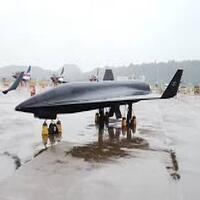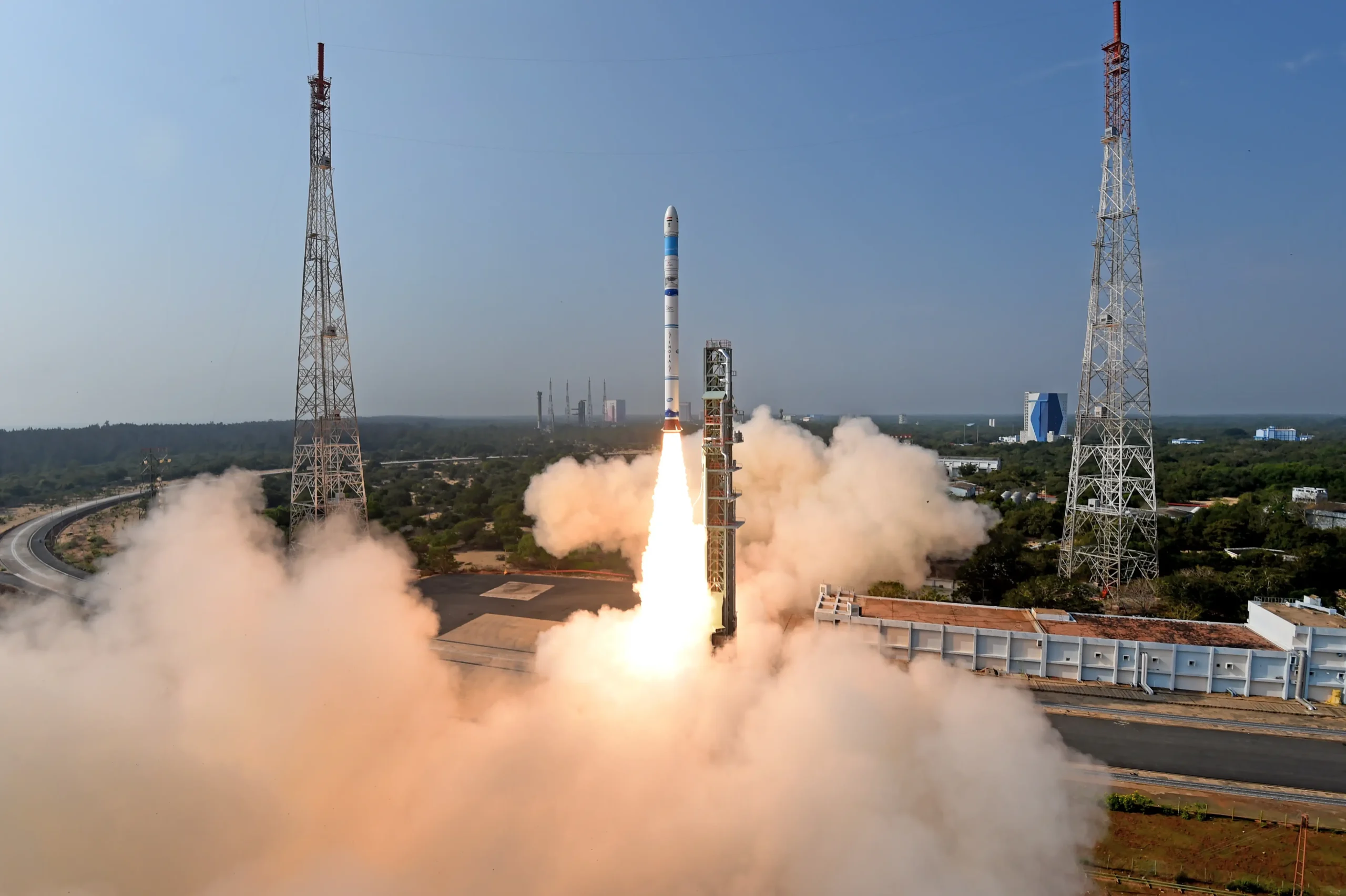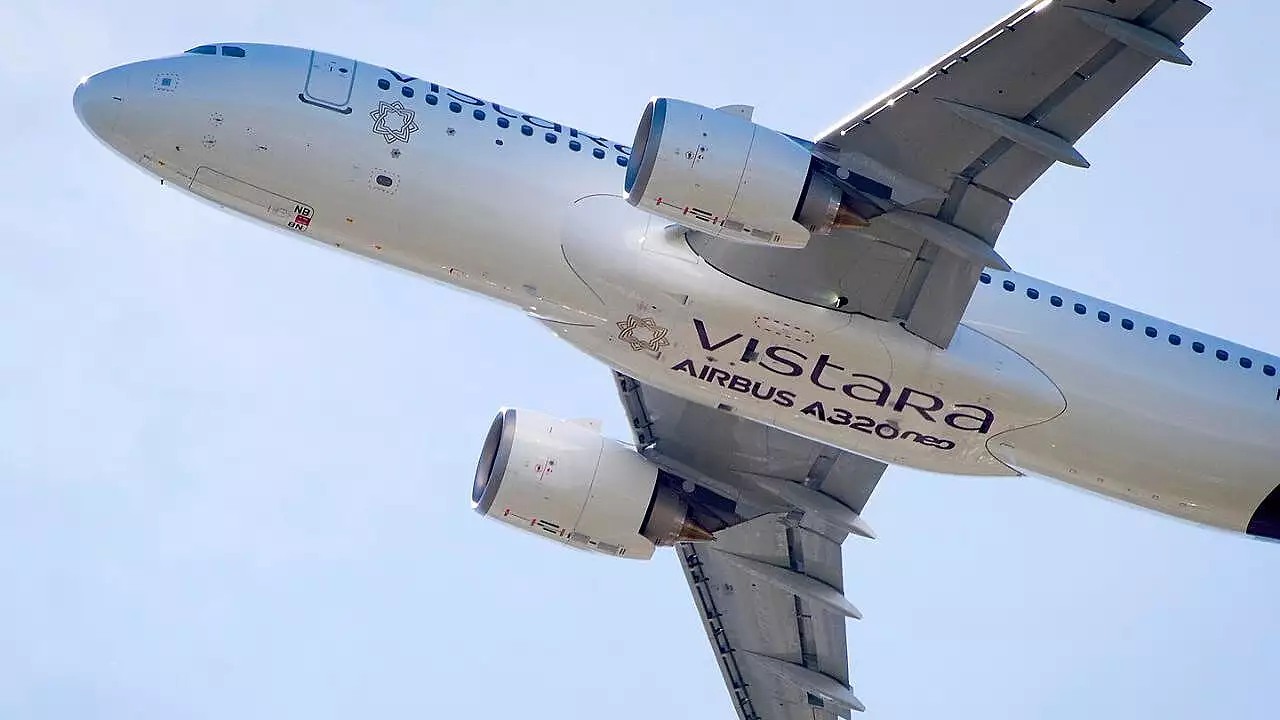
Indian Airforce gives clearance for production of 200 Astra mark 1 missiles to tackle China and Pakistan
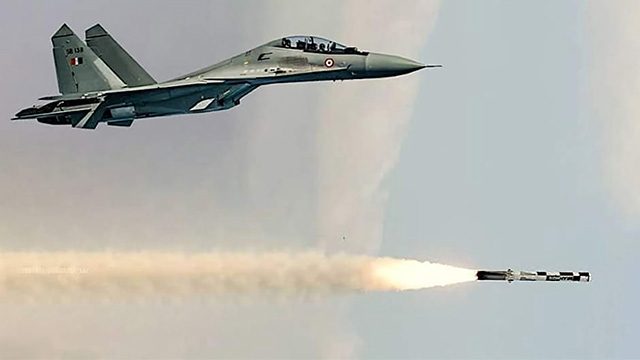
The Indian Air Force (IAF) has authorized the manufacture of 200 Astra Mark 1 missiles, according to recent developments. This move represents a major advancement in India’s defense capabilities as it addresses the lack of air-to-air missiles in its arsenal. This decision naturally raises issues about the reactions and ramifications for neighboring countries, especially China and Pakistan, given the geopolitical dynamics in South Asia.
Astra Mark 1 Missile
The indigenous defense technology of India has advanced significantly with the introduction of the Astra Mark 1 missile. With a range of about 110 kilometers, the Astra is a beyond-visual-range air-to-air missile (BVRAAM) created by the Defence Research and Development Organization (DRDO). With its state-of-the-art guidance technologies, active radar homing, and superior aerodynamic design, it can accurately engage and neutralize fast-moving aerial threats.
Features and Specs
- Range and Speed: The Astra Mark 1 is capable of reaching targets at speeds greater than Mach 4.5 and at distances of up to 110 kilometers
- guiding System: It ensures accuracy in mid-course guiding by combining active radar homing with an advanced kind of inertial navigation.
- Warhead: The proximity fuse and pre-fragmented warhead of the missile make it more deadly for opposing aircraft.
- Compatibility: Its design considerably increases the fleet versatility of the Indian Air Force and is compatible with a variety of fighter jets, including the Tejas, Mirage 2000, and Sukhoi Su-30MKI.
Also Read: WhatsApp Adds Interactive Features to Improve Chats with Real-Time Image Creation Using Meta AI
Strategic Implications for China
China’s oversight of the approval for the mass manufacturing of Astra Mark 1 missiles is probably imminent. With the two nations’ history of border conflicts and strategic rivalry, this development could be interpreted as a direct improvement of India’s offensive and defensive capabilities.
Improved Air Superiority
Gaining and retaining air superiority is one of the most important facets of contemporary combat. The IAF can greatly improve its capacity to dominate aerial combat with the Astra Mark 1. Potential Chinese incursions could be discouraged by this capacity, especially in the disputed areas along the Line of Actual Control (LAC).
Technology parity
China is a major player in the missile business, having developed air-to-air missiles such as the PL-15. By adding the Astra Mark 1 to the IAF’s arsenal, India is able to effectively challenge Chinese technology developments and close the technological gap. This breakthrough highlights India’s increasing ability to build state-of-the-art military weapons, lessening its reliance on foreign sources and demonstrating its rising self-sufficiency in defense technology.
Implications for Pakistan
The IAF’s plan to build 200 Astra Mark 1 missiles gives Pakistan a new perspective on the Indo-Pakistani military partnership. Both countries’ air forces have always been constantly improving and competing with one another. The arrival of the Astra Mark 1 is expected to force Pakistan to reevaluate its own air power.
The introduction of Astra Mark 1 missiles may set off a regional arms competition. In retaliation, Pakistan might try to improve its own missile capabilities. This dynamic highlights both the two countries’ ongoing pursuit of technological dominance and their constant state of military readiness, even as it also contributes to instability in the region.
Regional Stability
The IAF’s approval of the Astra Mark 1 missiles’ manufacture is a blatant sign of India’s intention to strengthen its defenses. It also begs concerns about the wider ramifications for regional stability and strategic equilibrium, though.
Strengthening defense ability
India views this action as essential to fortifying its defense posture in the face of changing security threats. The IAF can more effectively defend its airspace and counter possible threats. It is imperative that defense capabilities be improved in order to preserve national security and sovereignty.
To sum up, the Indian Air Force’s resolution to approve the manufacturing of 200 Astra Mark 1 missiles represents a noteworthy advancement in India’s military capacities. In addition to addressing the current air-to-air missile shortage, this action strengthens India’s strategic deterrence against possible enemies like China and Pakistan.
The addition of these missiles strengthens India’s offensive and defensive capabilities, but it also emphasizes the necessity of a well-rounded strategy for regional security. Diplomatic steps are necessary to avoid the unintended spread of military technology and to prevent the potential for an arms race and the instability that would follow.
